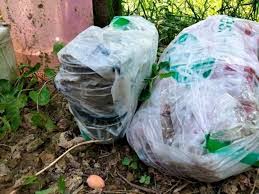Liquid Improvised Explosive Device:

Liquid explosives seem to have made a comeback in Jammu and Kashmir militancy theatre after 17 years as a recent raid by police in the Union territory led to the recovery of such “difficult-to-detect (d2d)” Improvised Explosive Devices.
- Forensic examination indicated that it could be trinitrotoluene (TNT) or nitroglycerine, generally used in dynamites.
- Improvised Explosive Device (IED) is a type of unconventional explosive weapon that can take any form and be activated in a variety of ways.
- They are used by criminals, vandals, terrorists, suicide bombers and insurgents.
- Because they are improvised, IEDs can come in many forms, ranging from a small pipe bomb to a sophisticated device capable of causing massive damage and loss of life.
- The extent of damage caused by an IED depends on its size, construction, and placement, and whether it incorporates a high explosive or propellant.
- The term IED came into common usage during the Iraq War that began in 2003.
- All IEDs consist of an initiating mechanism: a detonator, an explosive charge and a casing or collection of projectiles (such as ball bearings or nails) that produces lethal fragments upon detonation.
- In practice, IEDs can be made of many different kinds of objects and materials, including artillery or mortar rounds, aerial bombs, certain types of fertilizers, TNT and other explosives.
- IEDs can also contain radiological, chemical or biological components to increase their lethal and psychological effects.




